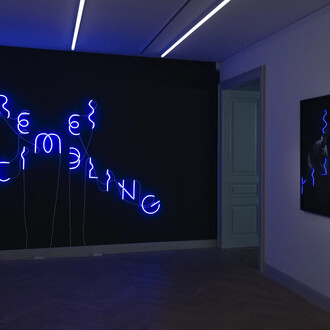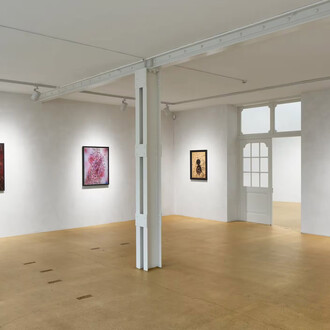During in the 17th century Dutch masters revolutionized landscape painting. Their works continue to influence our conception of Dutch land.
It is less known that the artistic rediscovery of the mountainous landscape during the Dutch Golden Age contributed significantly to the development of Swiss Alpine painting. For example, Allaert van Everdingen and his successor Jacob van Ruisdael provided stimuli with their depictions of Scandinavia.
Impressed by the innovative power of these works, the Amsterdam painter Jan Hackaert travelled to Glarus in 1655 with his colleague Conrad Meyer from Zurich. Thanks to their realistic and modern graphic interpretations of these high mountains, the artists are now regarded as pioneers of Swiss Alpine painting – decades before Albrecht von Haller would honour the Alps with his famous lengthy poem Die Alpen. As a result, numerous Swiss artists, ranging from the acclaimed Caspar Wolf to the internationally successful 19th century painter Alexandre Calame from Geneva, manifested a reception of the Dutch Masters.














